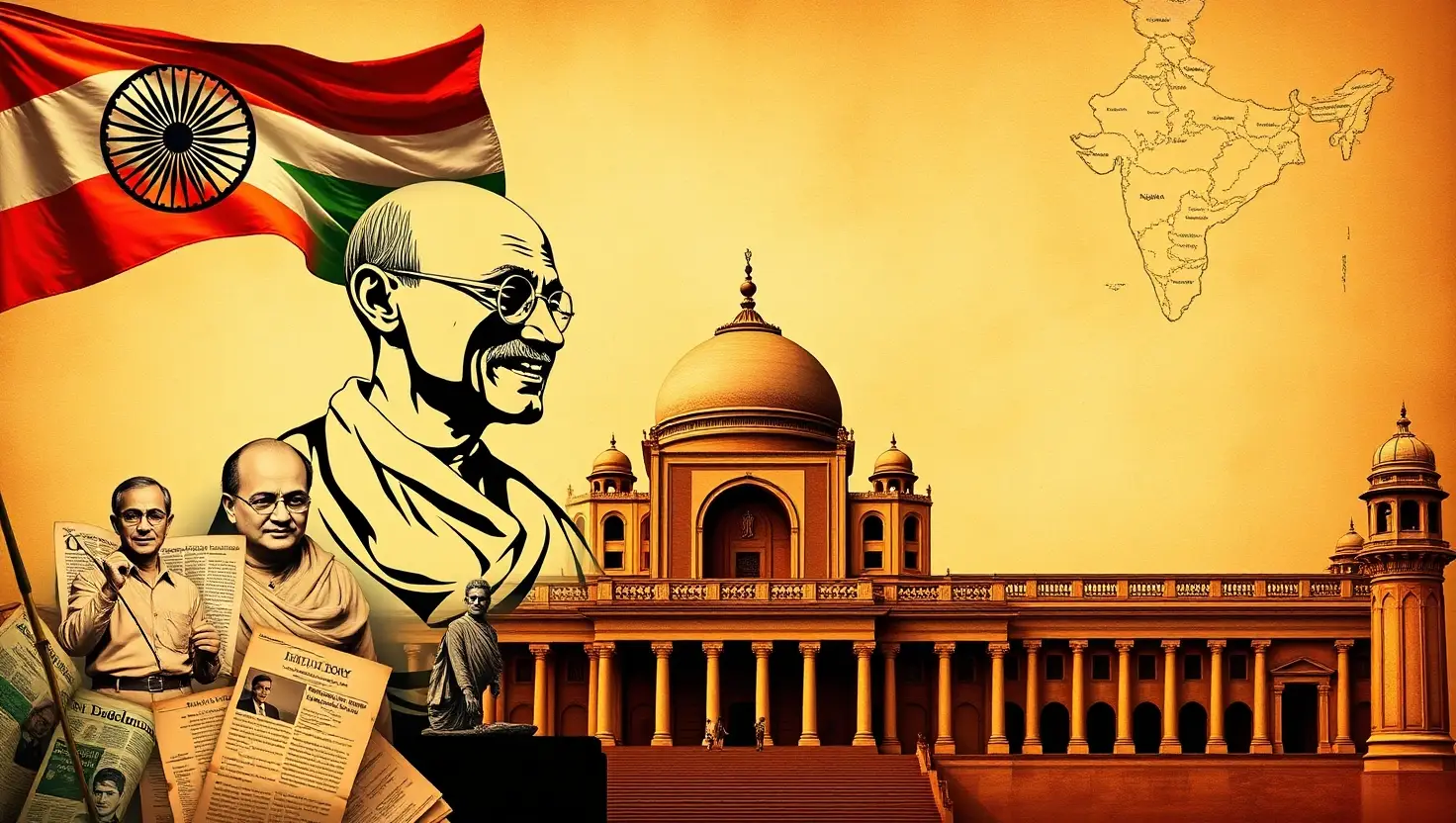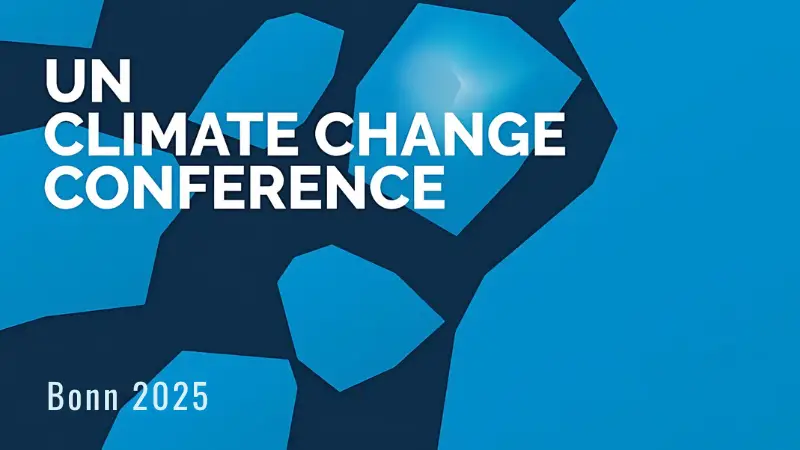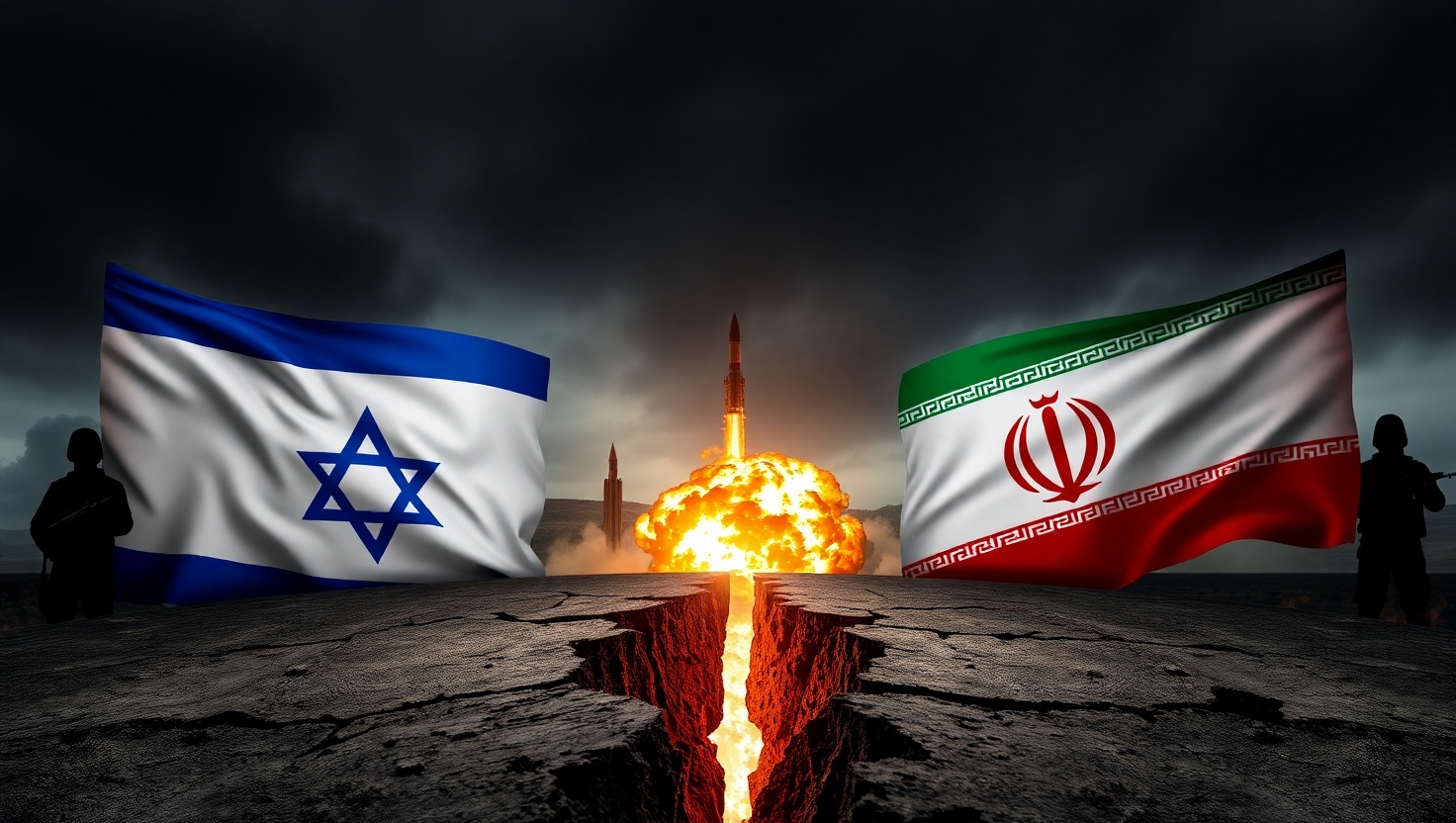Why In News: India-Canada
After a two-year diplomatic freeze, India-Canada have agreed to restore their High Commissioners. They also discussed restarting trade talks, visa services, and other areas of cooperation.
Recent Developments of India-Canada
- Prime Minister Narendra Modi met Canadian PM Mark Carney during the G7 Outreach Summit.
- They agreed to:
- Resume talks on the Early Progress Trade Agreement (EPTA), which could lead to a Comprehensive Economic Partnership Agreement (CEPA).
- Explore collaboration in key areas such as:
- Clean energy
- Digital transformation
- Artificial intelligence
- Liquefied Natural Gas (LNG)
- Food security
- Critical minerals
- Higher education
- Mobility and supply chain resilience
- Promote a free and open Indo-Pacific region.
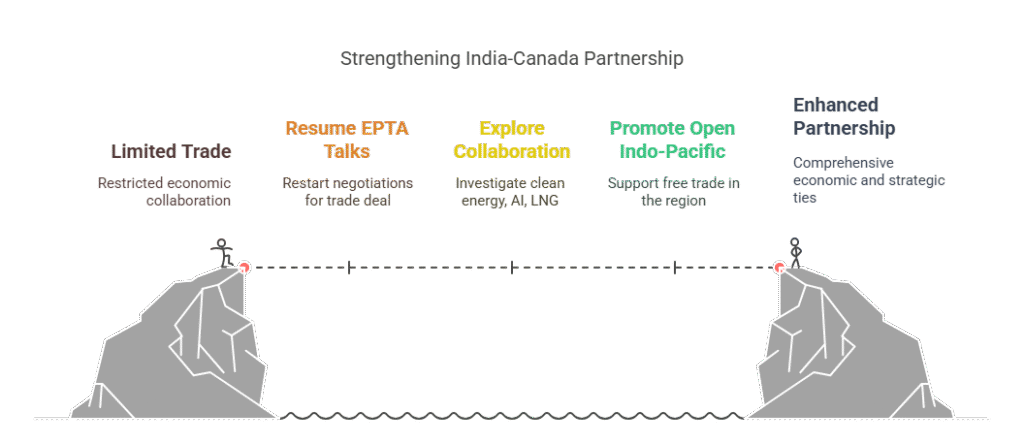
Background of the India-Canada Diplomatic Fallout
- Khalistani separatism in Canada has been a major concern for India.
- In 2023, ties worsened when the Canadian PM accused India of involvement in the killing of a Canadian citizen with Khalistani links.
- India rejected the allegations and expelled Canadian diplomats.
- As a result, trade and diplomatic talks were suspended.
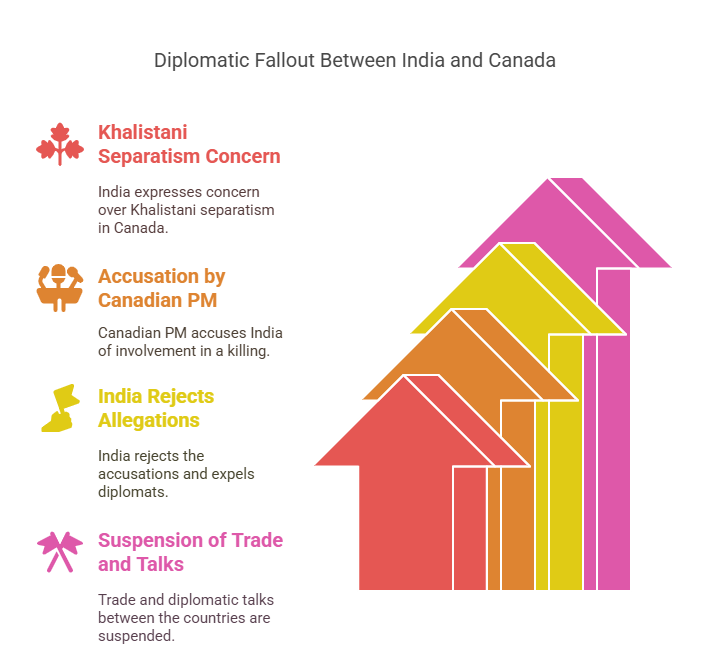
India–Canada Relations: Overview
1. Historical Ties
- Established diplomatic relations in 1947.
- Strong connections due to shared democratic values and Commonwealth membership.
- Ties were once strained due to India’s nuclear tests in 1974 and 1998, opposed by Canada.
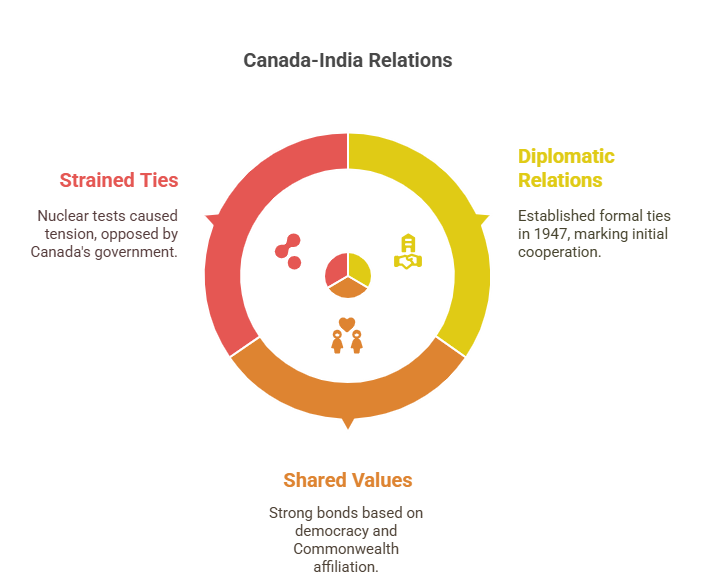
2. Economic Relations
- Bilateral trade (Jan–Aug 2024): USD 8.55 billion
- India’s exports: USD 5.22 billion
- India’s imports: USD 3.33 billion
- Ongoing talks on:
- CEPA
- Foreign Investment Promotion and Protection Agreement (FIPA)
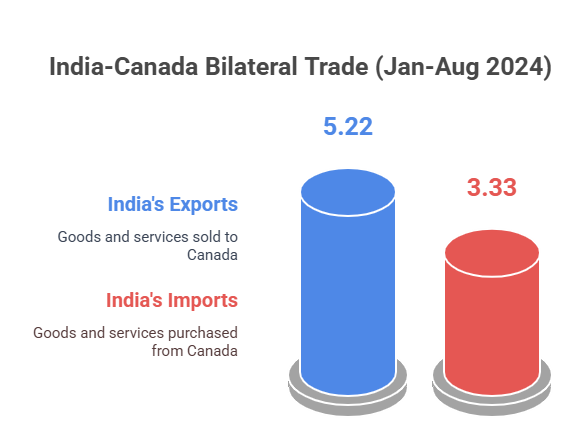
3. Civil Nuclear Cooperation
- Nuclear Cooperation Agreement (NCA) signed in 2010; operational since 2013.
- A joint committee monitors peaceful nuclear collaboration.
4. Space Cooperation
- ISRO and Canadian Space Agency (CSA) signed MoUs in 1996 and 2003.
- Joint work includes satellite launches and tracking.
- In 2018, ISRO launched Canada’s first Low Earth Orbit (LEO) satellite during PSLV’s 100th mission.
5. Science & Technology
- Joint research programs on Arctic/Cold Climate Studies.
- 2020 MoC between National Centre for Polar and Ocean Research (NCPOR) and Polar Canada for scientific collaboration.
6. People-to-People Ties
- Over 1.8 million Indo-Canadians and 1 million NRIs live in Canada (over 3% of the population).
- India is the largest source of international students in Canada, contributing around 40%.
- Cultural exchanges and the Indian diaspora play a vital role in shaping relations.
7. Consular & Legal Agreements
- Extradition Treaty (1987)
- Mutual Legal Assistance Treaty (1994)
8. Multilateral Engagement
- Cooperation in platforms like:
- G20
- United Nations
- Commonwealth
- International Solar Alliance
Conclusion
India–Canada ties have a strong foundation with potential for growth in areas like trade, education, clean energy, and technology.
However, political tensions, especially over Khalistani extremism, continue to challenge the relationship.
The future depends on how both nations manage differences while focusing on shared strategic and economic interests.


